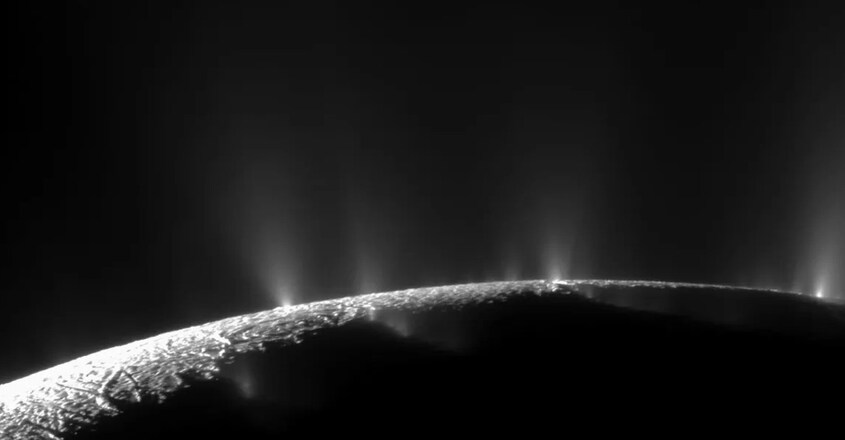From Saturn's icy moon
These silica fountains offer clues to the secrets of Enceladus' interior. Enceladus is one of the 83 moons of Saturn discovered so far. It is also a satellite of great interest to the scientific world for several reasons. The two most likely places in our solar system for extraterrestrial life are thought to be Jupiter's moon Europa and Saturn's moon Enceladus.
The fact that Enceladus has a large ocean beneath the kilometer-thick icy rocks leads to such a possibility. The study used data collected by NASA's Cassini spacecraft from 2004 to 2017 about Saturn and its moons.
The Cassini probe first made the scientific world aware of the fountains on Enceladus. These silica fountains were also the gateways to the secrets of Enceladus' interior.
Behind it is the oceanic tides that Enceladus hides in kilometers-thick icy cliffs. This is due to the attraction of Saturn, the mother planet. Ice silica from Enceladus is heading toward Saturn's rings.
It is believed that they play a crucial role even in the construction of Saturn's ring. Friction from the large-scale movement of ocean water heats Enceladus' interior. As a result, strong currents are created and icy silica is ejected through cracks in Enceladus' surface.
The researchers say that ocean tides on Enceladus are similar to those on Earth. Several missions to Enceladus are in the pipeline. NASA plans to build probes that can orbit, observe, and even land on Enceladus.
If this happens, the mission could provide valuable information about the ocean inside Enceladus, Saturn's sixth largest moon. The study of strange phenomena on Enceladus is published in full in the journal Communications Earth and Environment.

